WHAT IS LIMITED EDITION?
When we were dealing with print, we noticed that there were some confusion in mind. Like the confusion between original printing and reproductive printing.
So what is the Limited Edition?
First of all, it should be noted that original and reproductive printing are not the same thing. In the original printing, the artist prepares the materials necessary for the printing, prints them himself or takes place under the supervision of the printing stage himself. Then, the artist writes the number of prints on the completed works, when they are printed, and most importantly, signs them. In other words, the original print is one of the artist's original works. The originality of an original print painting is determined by the artist's documentation that that work is his own original print work. At the International Congress of Fine Arts held in Vienna in 1960, the following decisions were taken on authenticity:
Limited Edition Prints:
- It is the right and duty of the artist to make the limited edition prints and to determine the total number of prints and each of the works he made with various techniques such as copper engraving, stone printing and others.
-In order for a print to be considered original, the total number of prints other than the artist's signature and the number indicating the number of prints of each sheet must be marked.
- The above-mentioned principles are necessary for the printing of works made by the artist of the original mold by processing the appropriate materials such as wood, stone and others.
- Print pictures made without following these principles are considered reproductions.
Different techniques are used in limited edition printing. No matter which technique he will use, the artist does a preliminary work. During this preparation, the first process of the artist is to make sketches of the image of the painting.
The sketches prepared are then processed into molds according to that technique and the artist does this himself. From time to time he makes rehearsals at different stages of the molds. These rehearsal prints bring the artist to the stage of reproduction he desires. When it reaches the desired image in the pattern, it starts the replication process.
Determines how many prints to be made with the molds obtained. If 90 pieces are to be printed, when each printing process is completed, it puts its signature in the lower right corner of the picture, and writes the date and the number of 90 prints (9th edition 9/90).
The prints in the first place are considered to be a little more valuable than the prints towards the end. Because the wear rate during printing increases towards the end. For this reason, the first editions are accepted closer to the original. When the printing process is completed, the molds are destroyed under the supervision of the artist.
Limited Edition Printing Techniques
1) PIT PRINTING (GRAVURE)
In this type of printing, paint is filled into the pitted parts of the metal; the high portions are cleaned and transferred to the paper by means of the press.
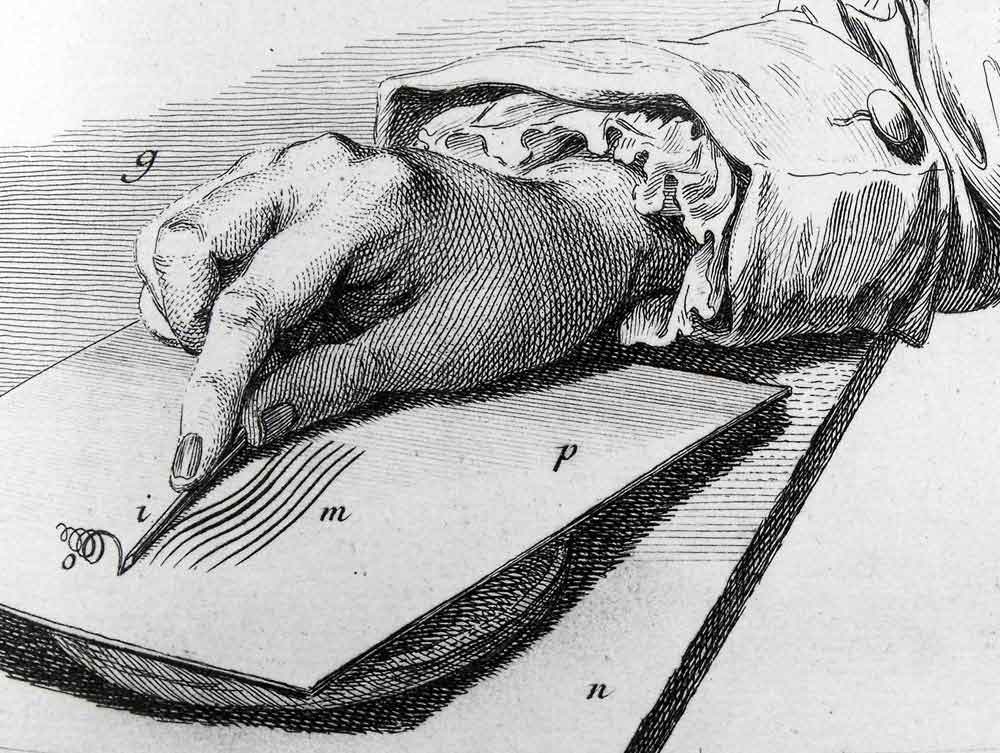
Wood Engraving: In order to feel the wood texture less in printing, the surface obtained should be harder and more frequently textured. For this reason, a stump cut perpendicular to the trunk of the tree is taken. The artist carves the pattern he draws himself. After printing, the pattern comes out white on a black background. In many prints, wood carving and wood engraving techniques are used together. To make color printing, either wooden block is used for each color or the colors are painted manually after printing.
Aside Feeding: The floor of the metal plate is coated with an acid resistant varnish. The varnish is peeled and a pattern is drawn on the metal plate. The plate is then immersed in the acid bath. The acid starts to eat the metal in the stripped places and forms pits. The depth of the pits is adjusted by the time of feeding into the acid. Printed as engraving.
Stain Printing (Aquatint): The surface of the metal is sprinkled with dry powder varnish in different thicknesses, heated from the bottom to melt and stick. When immersed in the acid bath, the places that do not receive the fallout eat acid. Dot-sprinkled tissue is obtained. Aquatint alone was used very little. It is applied together with other techniques.
2) FLAT PRINTING
It is the printing made by creating paint receiving sections by sensitizing the surface without having height and depressions on the printing plate. Zinc, aluminum, copper and stone are used in this method, there is no difference in height on the printing surface.
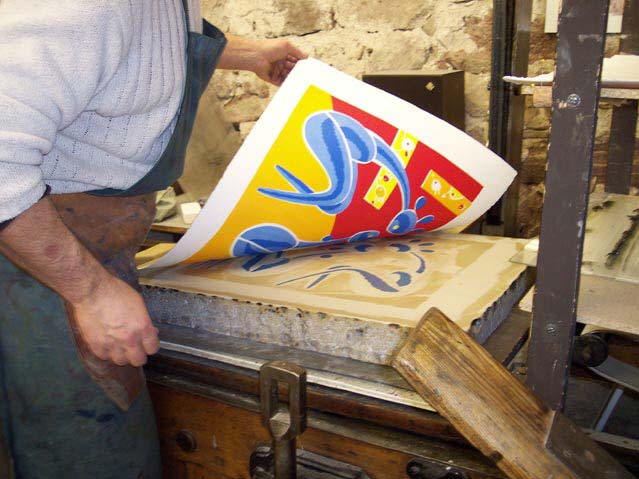
Lithography (Stone Print): This technique has a lot in common with pattern drawing. The artist selects an oily pen and an oily printing ink and prepares a block of well-corrected special stone. The pattern is drawn on the stone floor with an oily pencil, then the stone is wetted. Pattern lines made with oily pen do not accept water. The oily lines of the pattern will accept only the oily ink applied by roller and the wet portions will remain open. The paper is laid on the stone floor and printed. Separate stone is used for each color.
Offset Printing (Offset-Lito): This is the advanced form of lithography. Again based on oil and water. This time, the stone was replaced by zinc, aluminum, copper-style metal surfaces. The artist draws and paints the image directly on the metal and uses this technique as in lithography. Nowadays, this technique also produces original prints and photographic methods can also be applied in this technique.
3) TEMPLATE PRINTING (SERIGRAPHY)
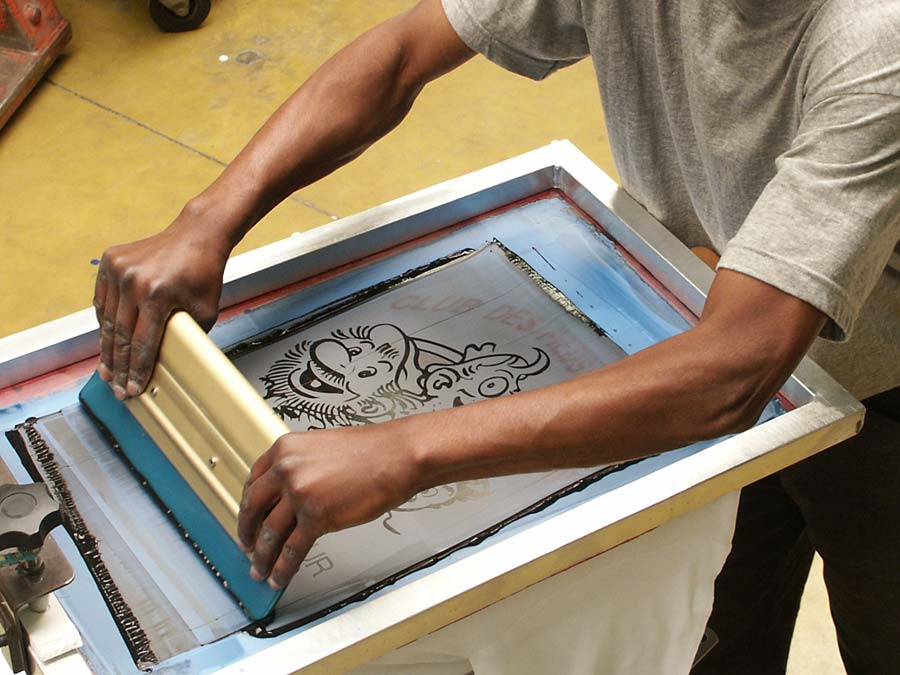
Template Printing: The simple principles of screen printing technique are masking. Cardboard, metal, plate, such as the desired patterns are drawn on the materials are cut. The masking carton is placed on the paper, and when ink is applied, the ink passes through the engraved parts and paints the paper.
4) HIGH PRINTING
It is the oldest printing technique. In order to form the desired image on the printing surface and to take the form of embossing, some scraping from the surface of a flat surface material is done on the basis of the sculpting principle.
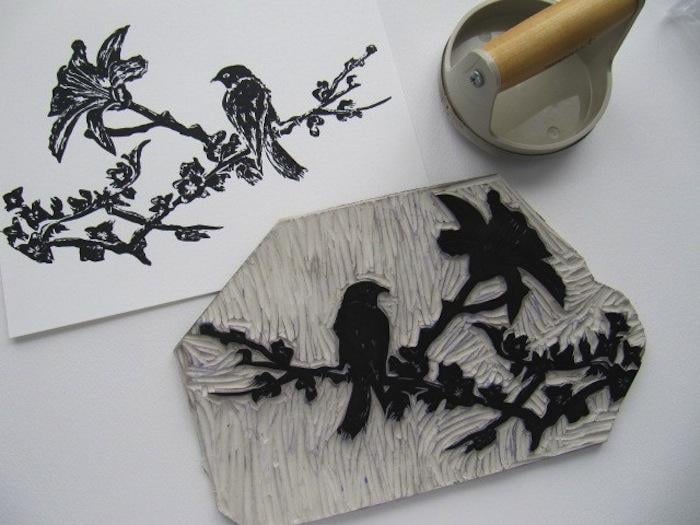
Wood Carving: A tree is taken in parallel to the trunk of the tree. The artist draws the pattern on it. He carves the parts that he does not want to come out in the print. While the wood is soft, its coarse texture prevents fine lines.
Linol Printing: In this technique, which is preferred by artists, used to reproduce their works and also taught in many schools, LINOLIUM is carved and molded with linol carving knives. As with wood printing, a separate mold must be prepared for each color.
5) DIGITAL PRINTING
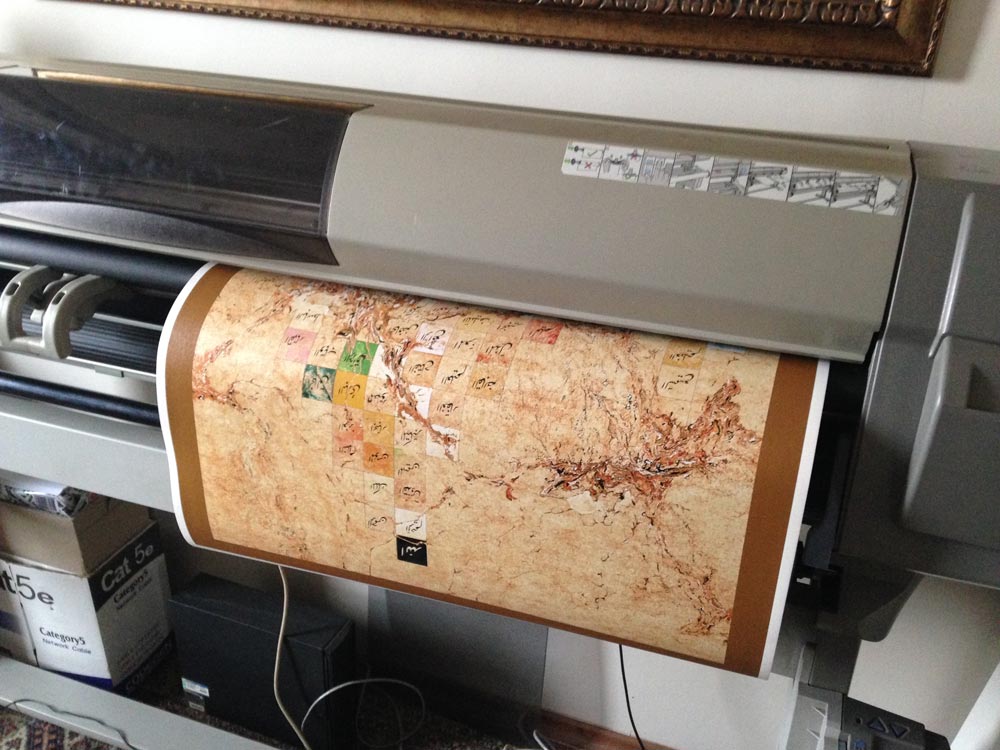
With this technique, which is widely used in the reproduction of works today, the works of the artist are realized through digital printing on canvas in accordance with the original printing rules. This process is carried out under the supervision of the artist and the image used is delivered to the protection of the artist when the number of prints is completed. There is no difference in value between the first and last prints, since all units will be of the same quality in digital printing.
SEE OUR LIMITED EDITION COLLECTION